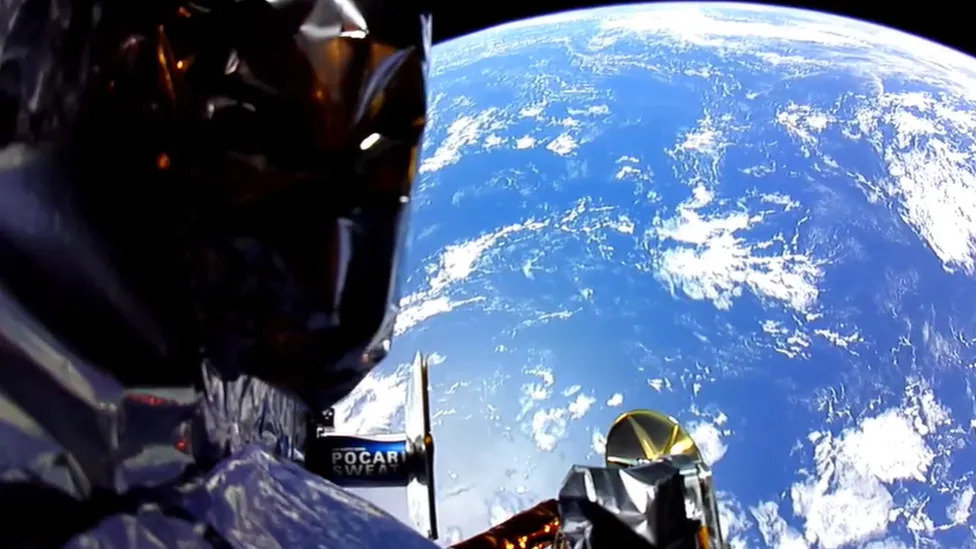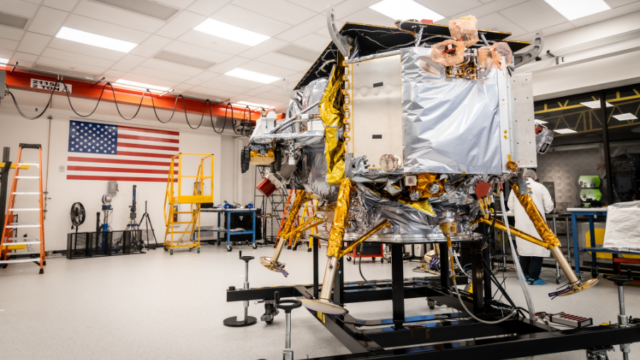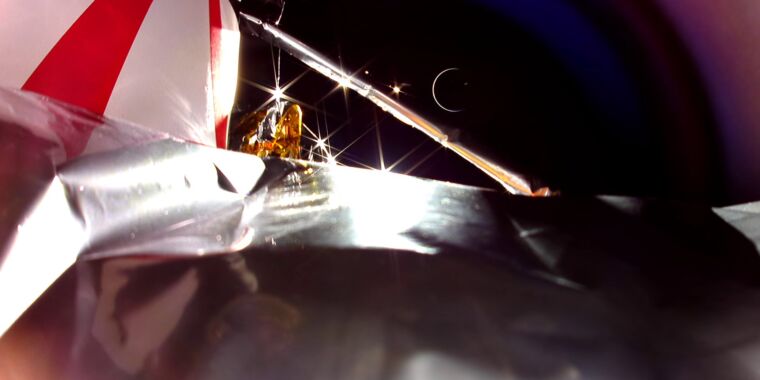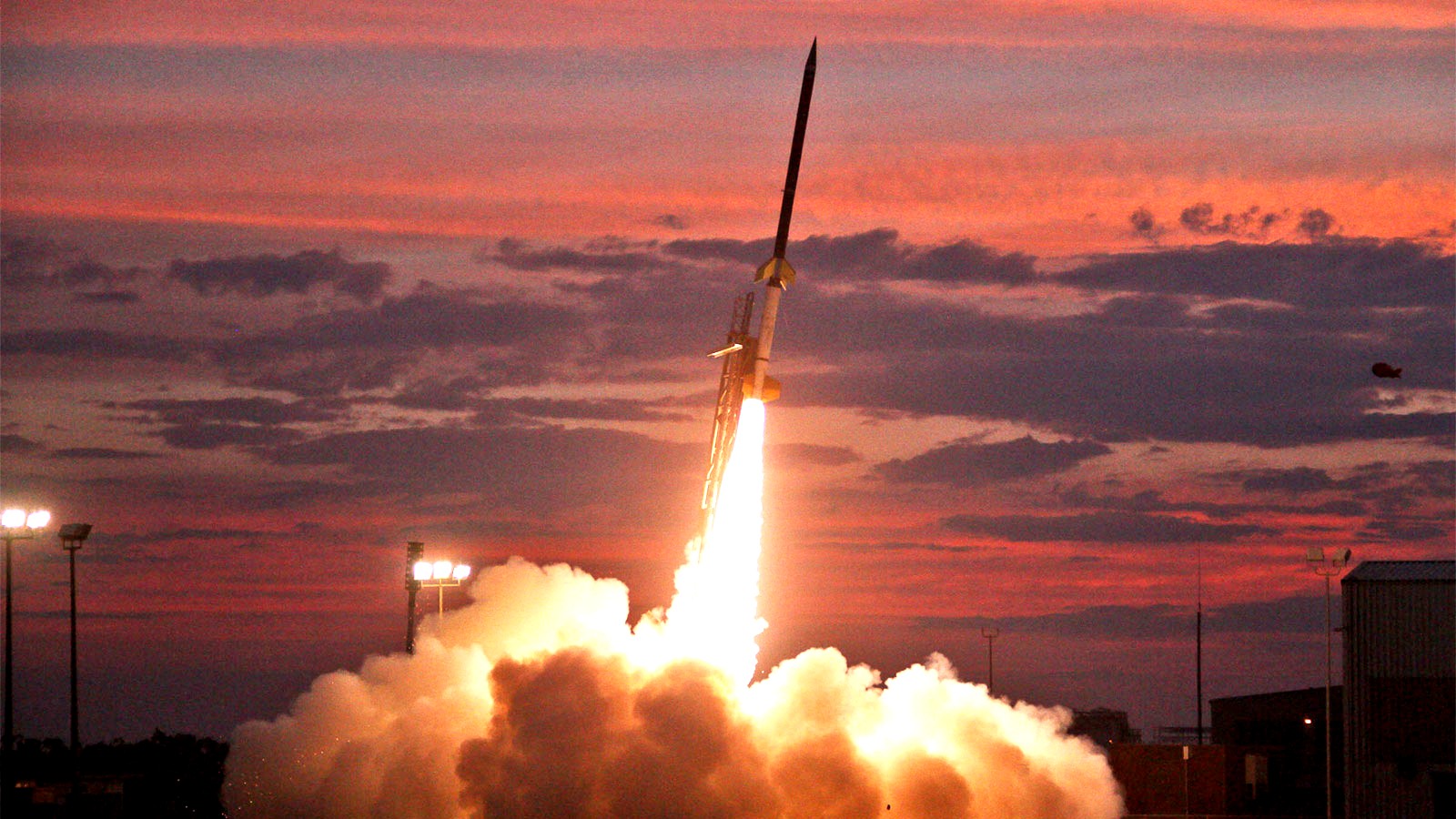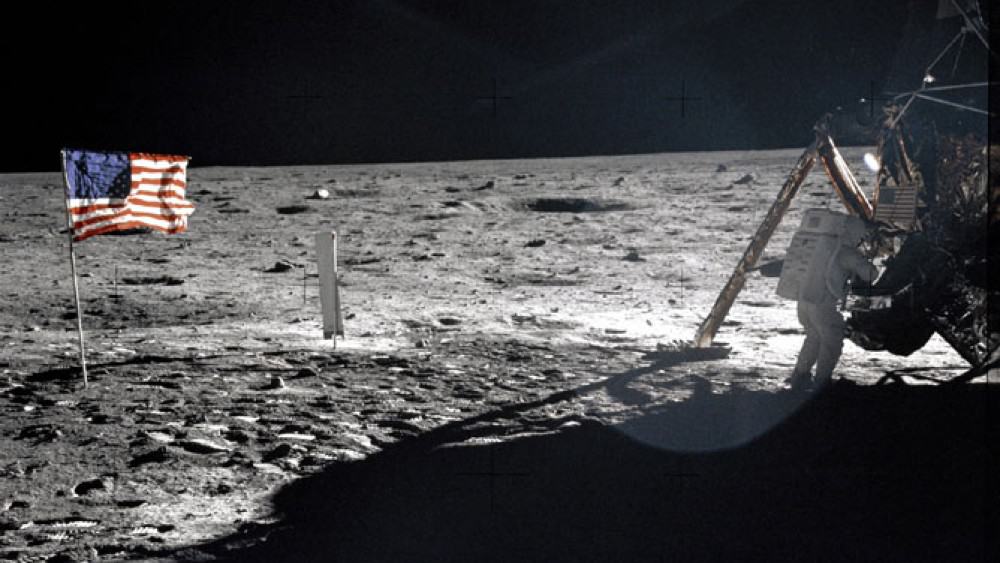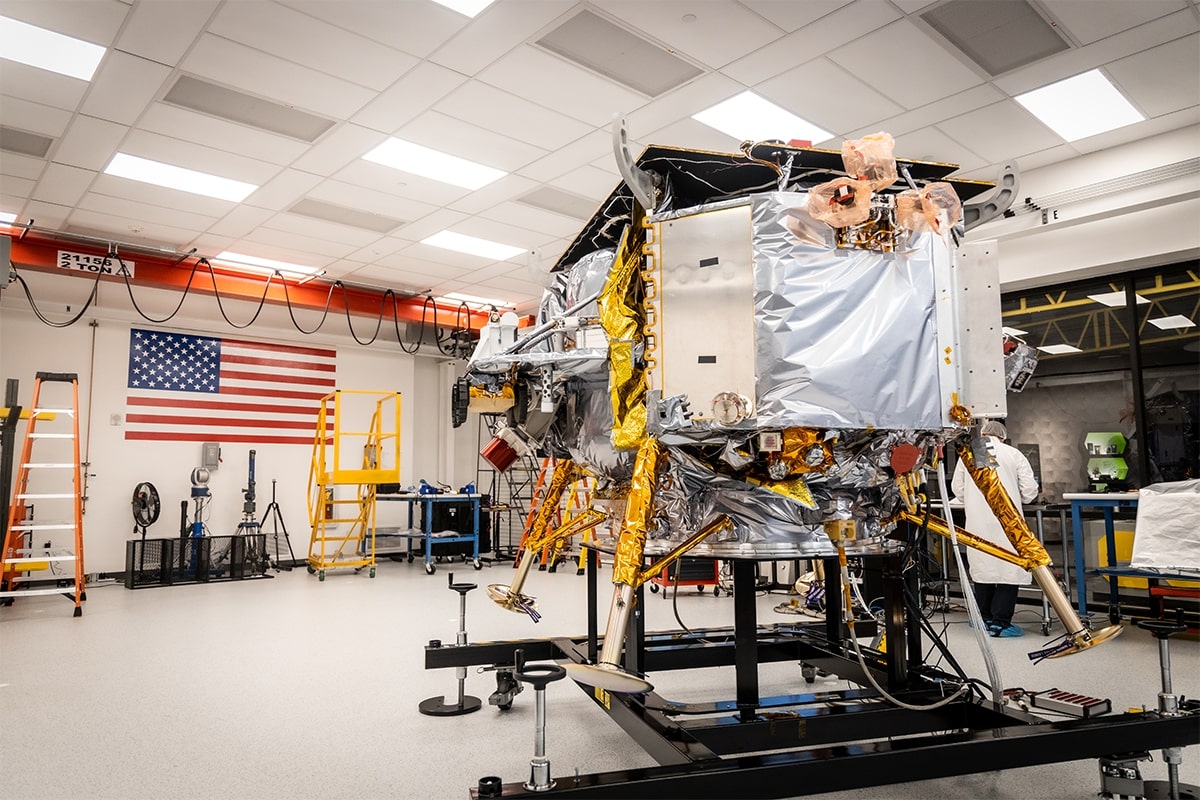
The Peregrine moon lander, a privately developed spacecraft from Astrobotic Technology, was launched on January 8 as part of NASA's Commercial Lunar Payload Services (CLPS) initiative. The mission aimed to be the first U.S. lunar landing in over 50 years and the first commercially developed spacecraft to land on the Moon.
However, just days after launch, a critical propellant leak occurred during startup sequence, leaving Peregrine unable to reach its intended destination of landing on the surface of the Moon. Despite efforts by Astrobotic's control team to save the spacecraft and protect its payloads from damage or loss,
Peregrine burned up in Earth's atmosphere over a remote area of the South Pacific Ocean at around 4:04 p.m. ET on January 18.
The Peregrine moon lander carried a payload of 24 items, including NASA-contributed instruments such as the Laser Retro-Reflector Array (LRA) and Linear Energy Transfer Spectrometer (LETS), which are crucial for measuring lunar surface characteristics. The spacecraft also contained small robots from Mexico and a time capsule from Carnegie Mellon, along with DNA samples of famous deceased personalities.
The Peregrine mission was part of NASA's Commercial Lunar Payload Services program, aimed at encouraging the development of new lunar landers by private sector companies. Astrobotic Technology is a Houston-based company that has been working on this project for several years and plans to launch its own lunar lander in February as part of the same initiative.
NASA acknowledged the efforts of Astrobotic in a statement despite the mission's unfortunate outcome, stating that it was proud of how Peregrine performed despite not reaching its destination. The agency also expressed gratitude for all those involved and their contributions to space exploration.
